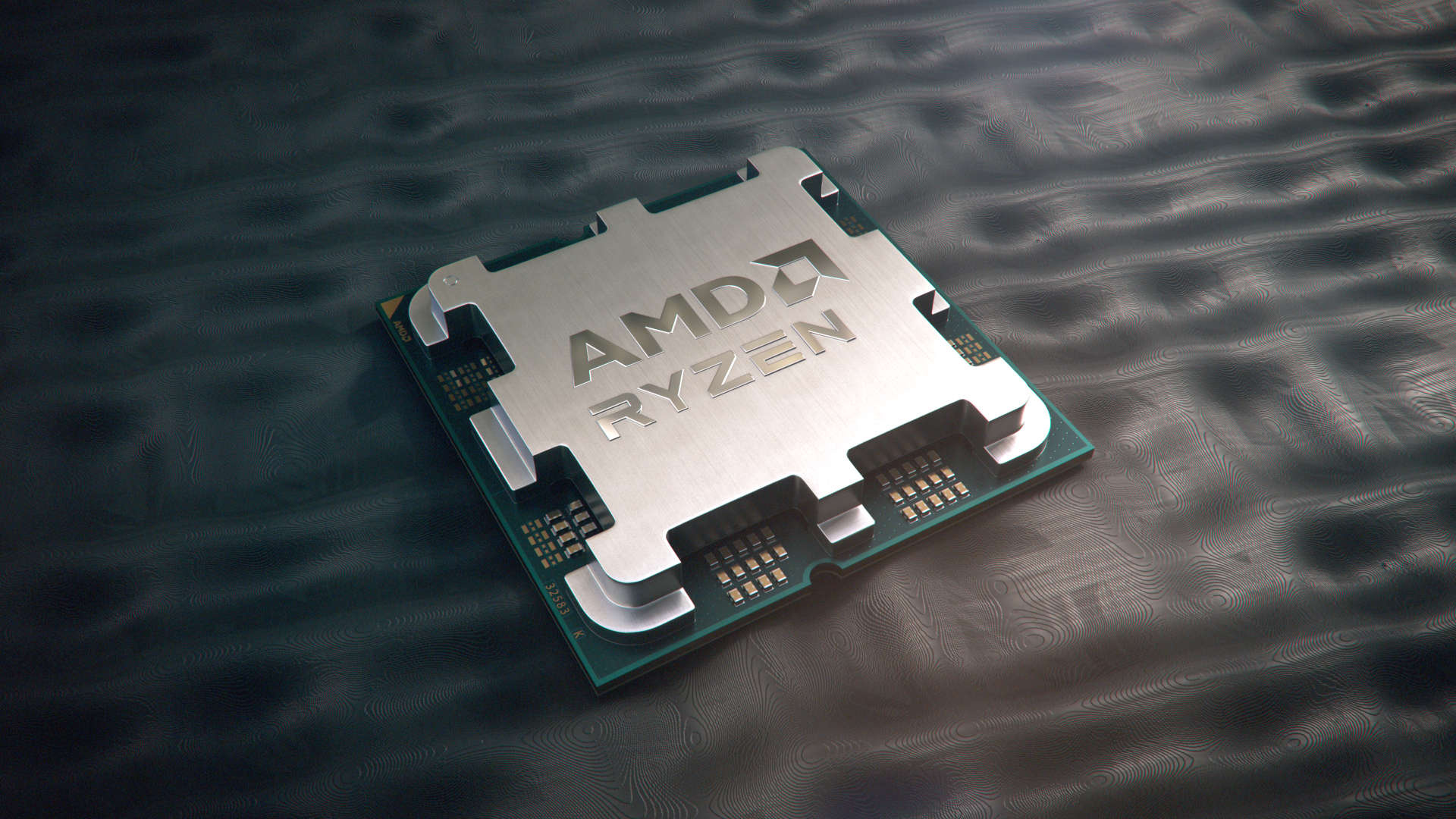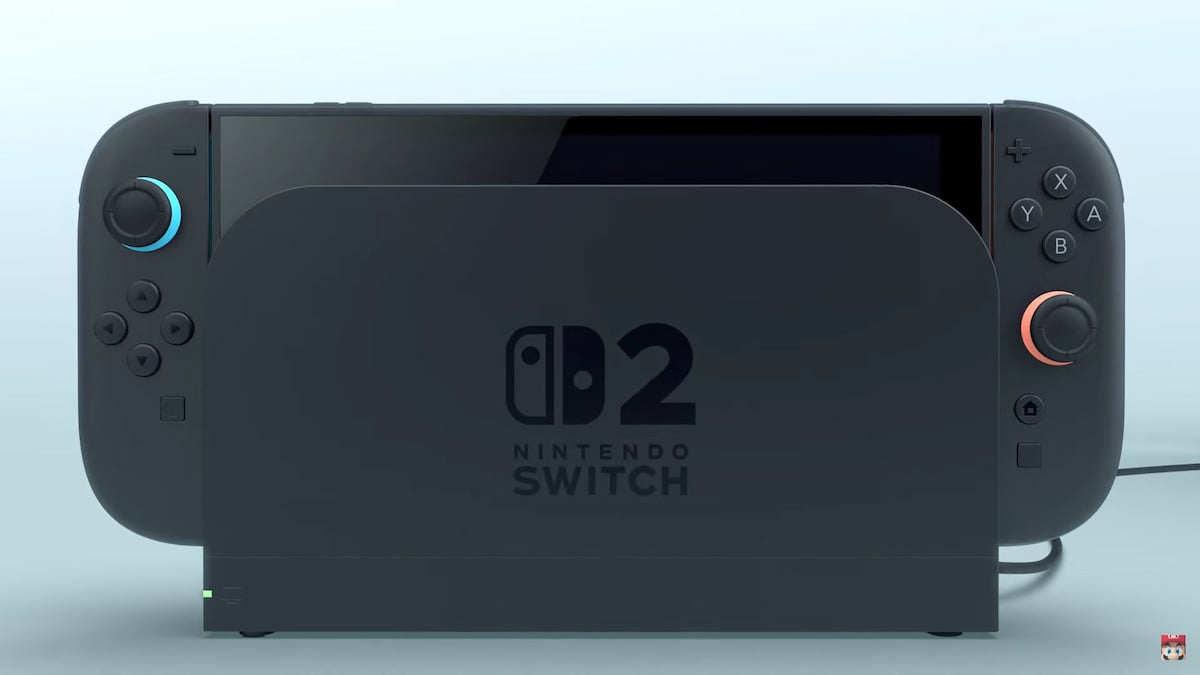
The tea leaves point to a stronger 2024 for both AMD and Intel.
It’s pretty hard to say whether the PC market is truly back or not given ongoing global geopolitical uncertainties, but the signs are pointing towards recovery. Intel beat its revenue expectations in its latest financial report, while AMD happily shared data from Mercury Research that showed it gained some healthy slices of unit and revenue share in the x86 processor market.
As noted by Jeremy in his recent article, Intel’s Q4 2023 revenues jumped by around 10% over the same quarter in 2022. That’s a healthy number, but its forecast for the current quarter is for an 8% growth in revenue. That was enough to send investors scrambling for the exit, driving Intel’s share price down by over 11% over the last month. Pretty tough crowd that Wall Street lot.
Intel has a bullish roadmap though, and it may well need it. AMD’s market share grew in Q4 or 2023 with strong results in the server market in particular, while it recorded gains in the mobile and desktop markets too.
The server market is where AMD is going gangbusters at the moment, recording a 5.5% year on year gain in unit share to bring it to 23.1% of the server market. Mercury Research’s data shows AMD took in record earnings in the server market. That’s a testament to the strengths of its latest EPYC processors.
It made smaller, but still notable gains in the mobile market, with a 3.9% year on year unit share gain. That saw it crack 20% of the mobile CPU market. AMD’s Phoenix and Dragon Range… range of mobile processors no doubt contributed to this gain. This helped it to achieve a 2.5% year-on-year revenue gain in Q4 of 2023.
(Image credit: Mercury Research / AMD)
The desktop side of things was more muted, with AMD falling just shy of an overall 20% of the desktop market. That’s still a 1.2% gain over the previous year, and it saw a return to revenue growth of 1.3%.
So, with AMD on a growth trajectory, Intel bullish on its product roadmap, Windows 12, growing demand in the memory market and—who can forget—an expected avalanche of edge AI hardware, and the signs look good for the overall PC market in 2024.
Oh, and on a very related note, we can expect AMD’s RDNA 4 and Nvidia’s Blackwell graphics card families sometime this year, meaning gamers will begin another upgrade cycle too. AMD faces a much tougher fight in the graphics card market though, as it keeps struggling to make gains against the behemoth that is Nvidia.






